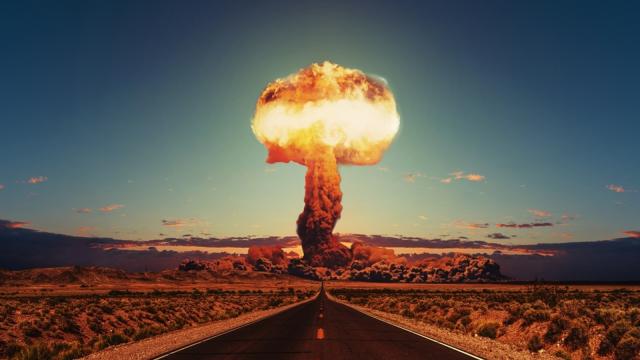A new study has found that global warming trapped an explosive amount of energy-the equivalent of about 25 billion atomic bombs- in Earth’s atmosphere in the past half-century.
Published on April 17 in the journal Earth System Science Data, an international group of researchers, the study estimated that between 1971 and 2020, around 380 zettajoules — that is, 380,000,000,000,000,000,000,000 joules — of energy has been trapped by global warming.
Although such a big number is hard to put into context, two researchers, who did not take part in the study have put it into perspective by comparing the energy to that released by nukes. However, even then, the amount is still hard to wrap your head around.
In an article for The Conversation, Andrew King, a climate scientist at the University of Melbourne in Australia, and Steven Sherwood, a climate scientist at the University of New South Wales in Sydney, calculated that 380 zettajoules is equivalent to around 25 billion times the energy released during the detonation of “Little Boy,” the atomic bomb dropped on Hiroshima, Japan, on Aug. 6, 1945.
Read also: Students occupy schools across Europe in climate protest
More mind-blowing is the fact that the energy absorbed by the planet during this time period likely equates to only around 60% of total greenhouse gas emissions, so the actual number is even higher, King and Sherwood wrote.
But such a large amount of energy is also puzzling because based on that amount of heat being trapped in the atmosphere, the average global temperature should have risen by dozens of degrees since preindustrial times, rather than by the 2.2 degrees Fahrenheit (1.2 degrees Celsius) that we have observed, the pair wrote. So where has all this extra energy gone?
The study also showed that the oceans have absorbed around 89% of the energy (338.2 zettajoules), land has absorbed 6% (22.8 zettajoules), 4% (15.2 zettajoules) has melted parts of the cryosphere — the part of Earth’s climate system that includes snow, sea ice, freshwater ice, icebergs, glaciers and ice caps, ice sheets, ice shelves and permafrost — and just 1% (3.8 zettajoules) has remained in the atmosphere.
Story was adapted from Yahoo life.
